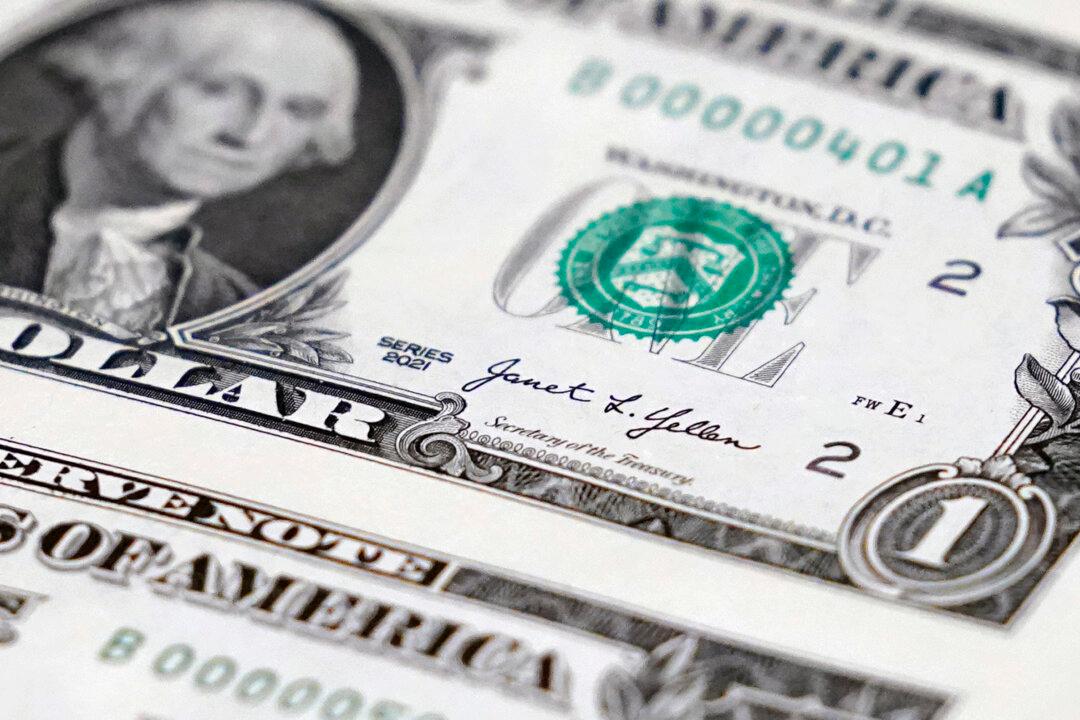The U.S. Treasury is poised to replenish its bank account at the Federal Reserve, now that the bipartisan debt ceiling agreement has been signed, sealed, and delivered.
The Treasury’s cash balance–the Treasury General Account (TGA)–sank below $23 billion on June 1, according to the Daily Treasury Statement. That compares to the roughly $316 billion at the beginning of May.





